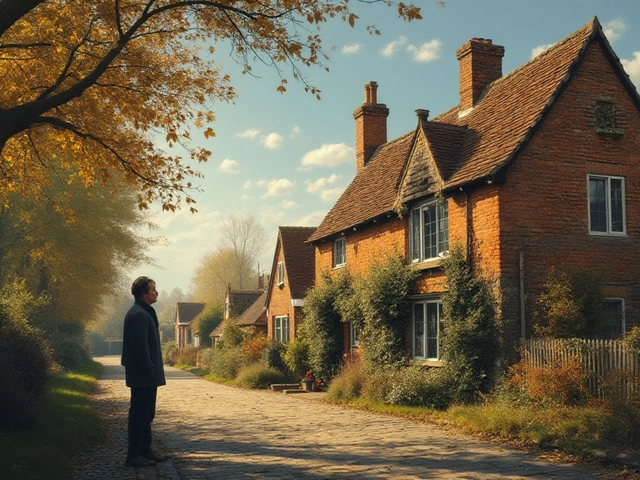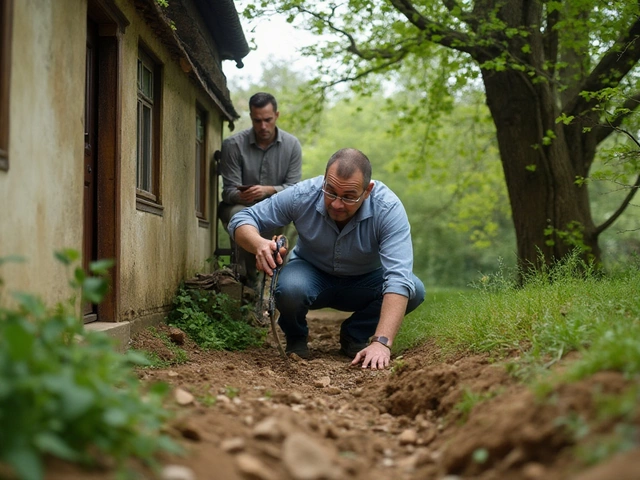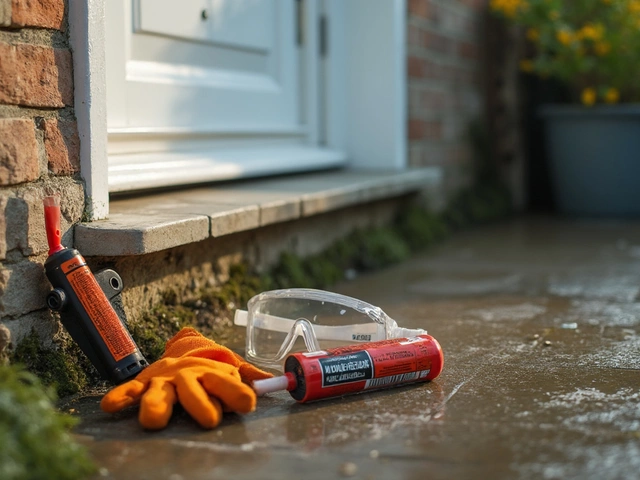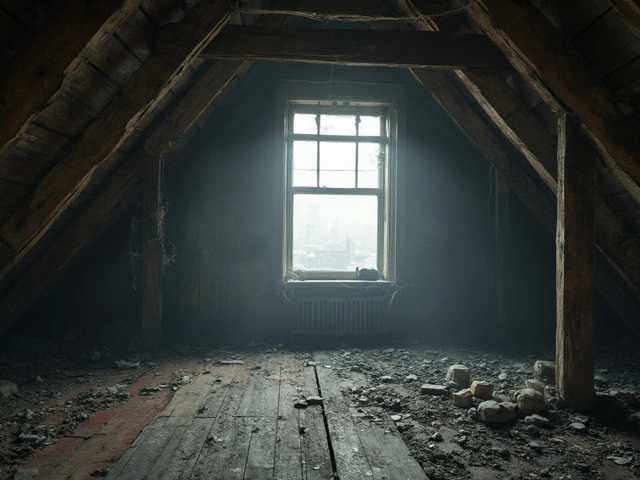Home Construction Risks – Spot Issues Before They Cost You
Starting a build or renovation feels exciting, but it also brings hidden dangers. A small crack in the foundation or a cheap roof fix can turn into a big wallet‑breaker later. Below are the everyday risks you’re most likely to run into and practical steps to keep them in check.
Foundation and Settlement Problems
Many homeowners first notice a foundation issue when cracks appear in walls or floors. These cracks aren’t just cosmetic; they can signal shifting soil, water intrusion, or even a breach in the footing. If the house has settled after 20 years, you might see doors that stick, uneven floors, or gaps around windows. The cheapest fix is to ignore it, but that usually ends up costing more in water damage and reduced property value.
Quick ways to assess the risk:
- Check for hairline cracks that grow wider over a few weeks.
- Make sure the ground slopes away from the house to prevent pooling.
- Ask a structural engineer to inspect if you see movement in the foundation walls.
When the problem is minor, sealing cracks with epoxy and improving drainage can work. Major movement often needs a professional repair or even a full foundation replacement – a decision that hinges on repair costs versus replacement expenses.
Roofing and Weather‑Related Risks
A roof is your home’s first line of defense against the elements. Sketchy roof replacements or cutting corners on materials lead to leaks, higher energy bills, and a shortened roof lifespan. The biggest surprise for many homeowners is how the price per square foot can vary wildly based on pitch, material, and region.
To keep roofing risks low:
- Get at least three written quotes and compare what’s included – removal, disposal, underlayment, and warranty.
- Ask the contractor how they calculate the price per square; some add hidden fees for steep slopes.
- Schedule the work in the dry season if possible; wet weather can delay the job and increase labor costs.
If you’re on a tight budget, consider metal roofing or durable asphalt shingles that offer a good balance of cost and longevity. Remember, cheap roofing now often means expensive repairs later.
Moisture, Mold, and New‑Build Surprises
New homes sometimes hide damp problems that lead to mold growth. Moisture can sneak in through inadequate vapor barriers, poorly sealed windows, or rushed concrete curing. Mold not only damages finishes but also hurts indoor air quality.
Practical steps to avoid mold:
- Make sure the builder uses a proper moisture barrier under slabs.
- Check that bathrooms and kitchens have functional exhaust fans.
- Inspect the finished home for any musty smells before moving in.
If you spot mold early, a professional cleaning and fixing the source of moisture can prevent it from spreading.
DIY vs. Professional Help
Not every task is a DIY win. Sealing a tiny hairline crack yourself might save a few pounds, but structural movement, major roof work, or large foundation repairs demand a qualified contractor. Trying to DIY a load‑bearing wall or a roof deck can jeopardize safety and insurance coverage.
Use this quick rule: if the job involves load‑bearing components, water intrusion above roof level, or requires building permits, call a pro. Otherwise, small cosmetic fixes can be handled with a bit of research and the right tools.
By keeping an eye on these common risks – foundation shifts, roof cost traps, hidden moisture, and the DIY line – you’ll protect your home and your budget. Spot problems early, get reliable quotes, and don’t shy away from professional advice when the stakes are high. Your home will stay solid, dry, and safe for years to come.
Disadvantages of Building Your Own Home: What to Consider
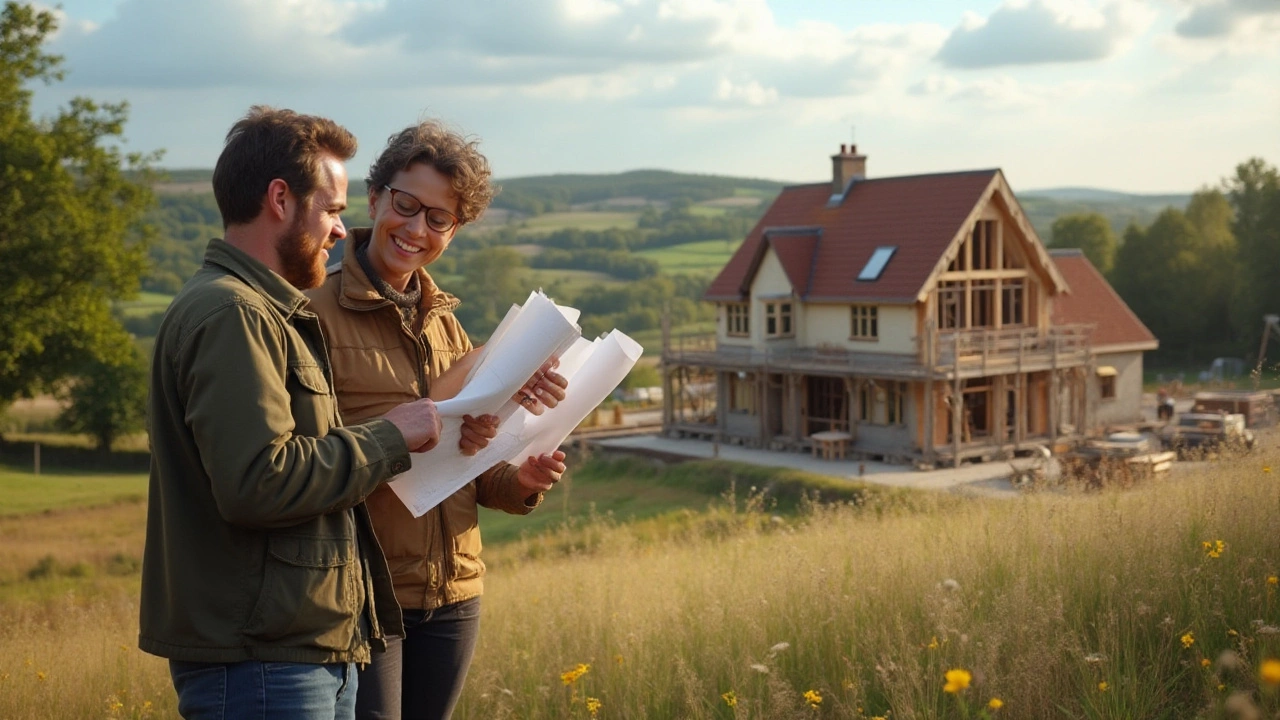
Building a new home from scratch can be an exciting adventure, but it comes with its own set of challenges and drawbacks. Potential homeowners must be prepared for potential budget overruns, unexpected delays, and emotional stress that can accompany the building process. Additionally, dealing with complex regulations and choosing the right location are crucial factors that can impact the project's success. Taking these cons into account can help individuals make informed decisions about pursuing their dream home. Be aware of the pitfalls to effectively navigate the path of new home construction.
read more